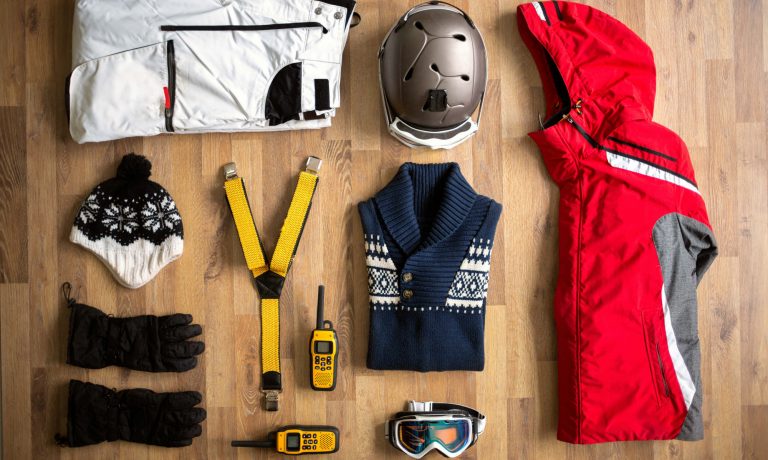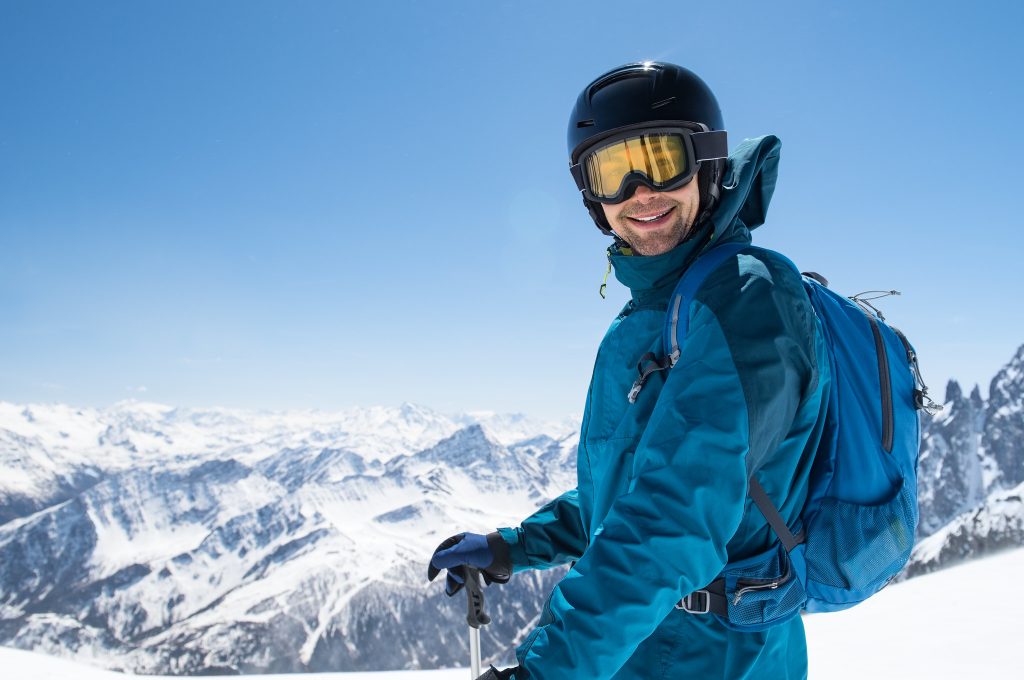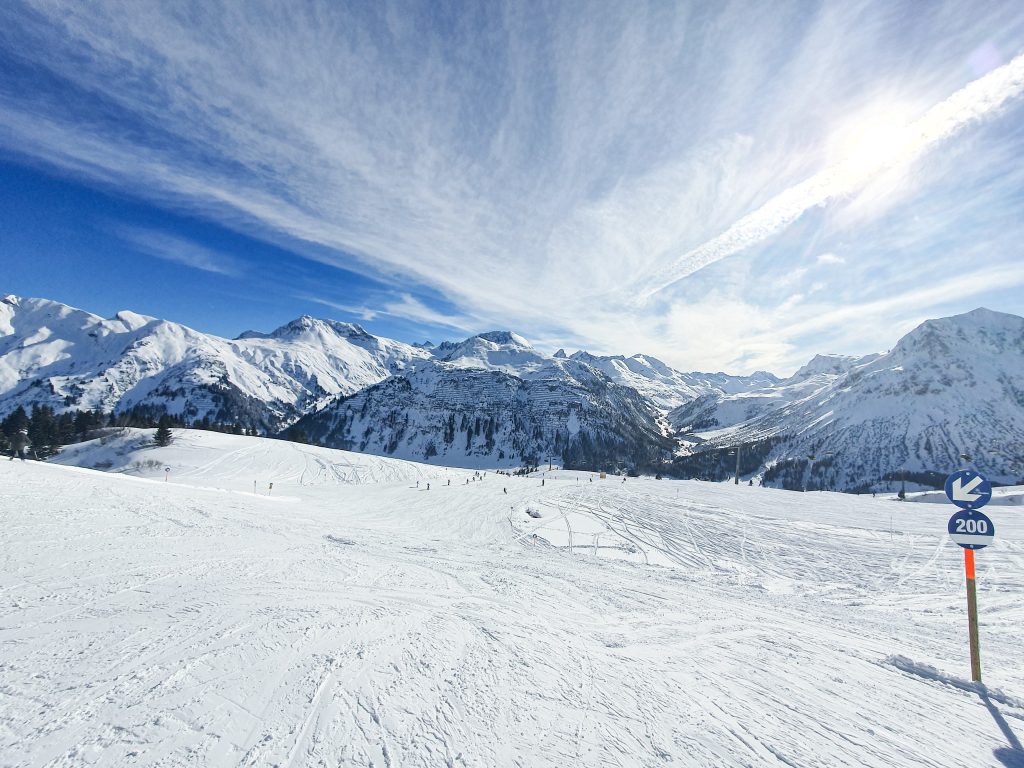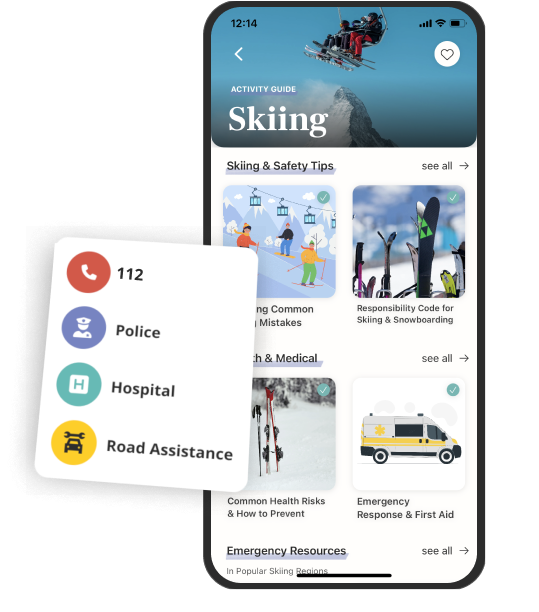How do I ski safely when the slope is particularly crowded? What do I do if visibility is poor, and I can not see much? How do I find a slope that matches my skills?
As someone new to skiing, it is common to have plenty of questions initially, and finding immediate answers might not be easy. That’s why we collaborated with Vigilios for this article, giving us the opportunity to speak with an experienced ski instructor who provided valuable tips for the slopes.

Lara is 23 years old and a ski instructor in Vorarlberg. She first stepped on skis at the age of 2.5, taught by her mother. At 15, she completed her own ski instructor training. “My sister had also done the training and was enthusiastic about it. So, I thought, why do not I give it a try?” Lara explains. This winter, she is already in her ninth year of teaching, catering to both groups and individuals. The age groups vary, “from adults looking to refresh their knowledge to children standing on skis for the first time.
Preparation for Skiing
Before you go skiing for the first time, you are well-prepared if you lead an active lifestyle. Overall fitness, but particularly the muscles in the thighs play a crucial role in skiing. “For preparation, I would simply say: exercise, train balance, flexibility, and strength”, Lara recommends.
For beginners, blue slopes are recommended when choosing a slope. Snow conditions should also be considered, as snow can be differently manageable depending on the time of day and season. If you are still at the base and want to know the conditions on individual slopes, it is advisable to ask the lift staff. “They are helpful and, in most cases, very well-informed.” Lara also emphasizes that snow conditions can change throughout the day. “It is difficult to advise against a specific time of day. It is more important to pay attention to the weather.”
For beginners, skiing in poor visibility can be challenging. In such cases, it is advisable to choose easier slopes and see how you feel there. You should also ride slower than when visibility is good, as people in front of you will be only recognizable later. However, the most important thing is to take the situation seriously and not overestimate yourself. “It is better to move cautiously and stick to the lifts you already know or perhaps skied the day before,” says Lara.
Equipment and Safety

It is advisable to consult a speciality store for the necessary equipment. The choice of ski length, for example, is influenced by personal experience. Children often do not need poles initially, while it is advisable for adults to use them. Poles can also provide a sense of security and balance. “You should also definitely wear a helmet. Even if you are not going fast, wearing one can be important in case of a fall,” advises Lara. The importance of ski goggles and sun protection should not be underestimated either. “The snow reflects UV radiation quite strongly. This should definitely be taken into account.”
So, paying attention to the right equipment is crucial. But what else is important? “The choice of the right terrain is crucial. This means selecting a slope that matches your skills and is not too busy. In addition, a skiing lesson can significantly improve safety on the slopes.” Learning the basics well pays off in the long run. It is also advisable to take a refresher lesson if you haven’t skied for a while and want to enjoy skiing again.
If, however, you find yourself on a slope and are afraid to ski down, what should you do? “It is a good idea to wait in a place where you do not endanger anyone. First, take a deep breath and calmly assess the situation to consider: What are my options?
One option, for example, is to ask someone for help, preferably a ski instructor. If you have taken a gondola or chairlift to the slope, there is the option to ride back down with it – you just need to inform the lift staff. Also, check whether this is the only slope at this lift or if there is an alternative route. “Often, with black slopes, there is also an alternative family descent a few meters away that is easier to manage.” However, it is advised to check if the difficulty level of the slope is suitable for you, before getting on the lift.
How do I improve my skiing technique? What common mistakes occur frequently?

As in many other areas, practice makes perfect here. “You will definitely feel a difference if you go skiing regularly,” confirms Lara. Improving the technique independently can be difficult, though. “Of course, you can gather information on the internet or watch videos. However, I would recommend taking a skiing lesson since these are not only for beginners but also for those looking to improve.”
In general, Lara often observes a mistake in skiing: many people shift their weight too far back. To avoid this, she recommends stretching forward with the nose, so the upper body automatically tilts slightly toward the ski tip.
Another common mistake Lara often sees is that skiers bend too much downward. “You should have an upright upper body, slightly leaning forward, with slightly bent ankle, knee, and hip joints, centrally over the ski,” she emphasizes.
The correct position of the ski poles is also crucial for a good skiing posture. “The hands should be loosely in front of the body and not down by the knees. The hands can play an important role in supporting balance. Therefore, they should be slightly bent in front of the body. The ski poles should be parallel to each other, with the tips pointing backward,” recommends Lara.
After Skiing

To avoid muscle soreness, there is unfortunately no panacea. However, stretching exercises, especially for the thighs, can help. “If you are staying in a hotel with a sauna and wellness area, you can visit it to relax the muscles,” Lara recommends. In general, it is advisable not to overexert yourself on the first day and, if necessary, take a day off. “Then you can hit the slopes again the next day, more refreshed,” advises Lara.
This article was written in collaboration with the Vigilios Safety App. Vigilios offers information, articles and tips for safety in a wide range of life situations. You can find more information on safety in winter sports in the app.

For real-time safety alerts and emergency assistance, wherever your journey takes you. Stay informed, stay secure.
